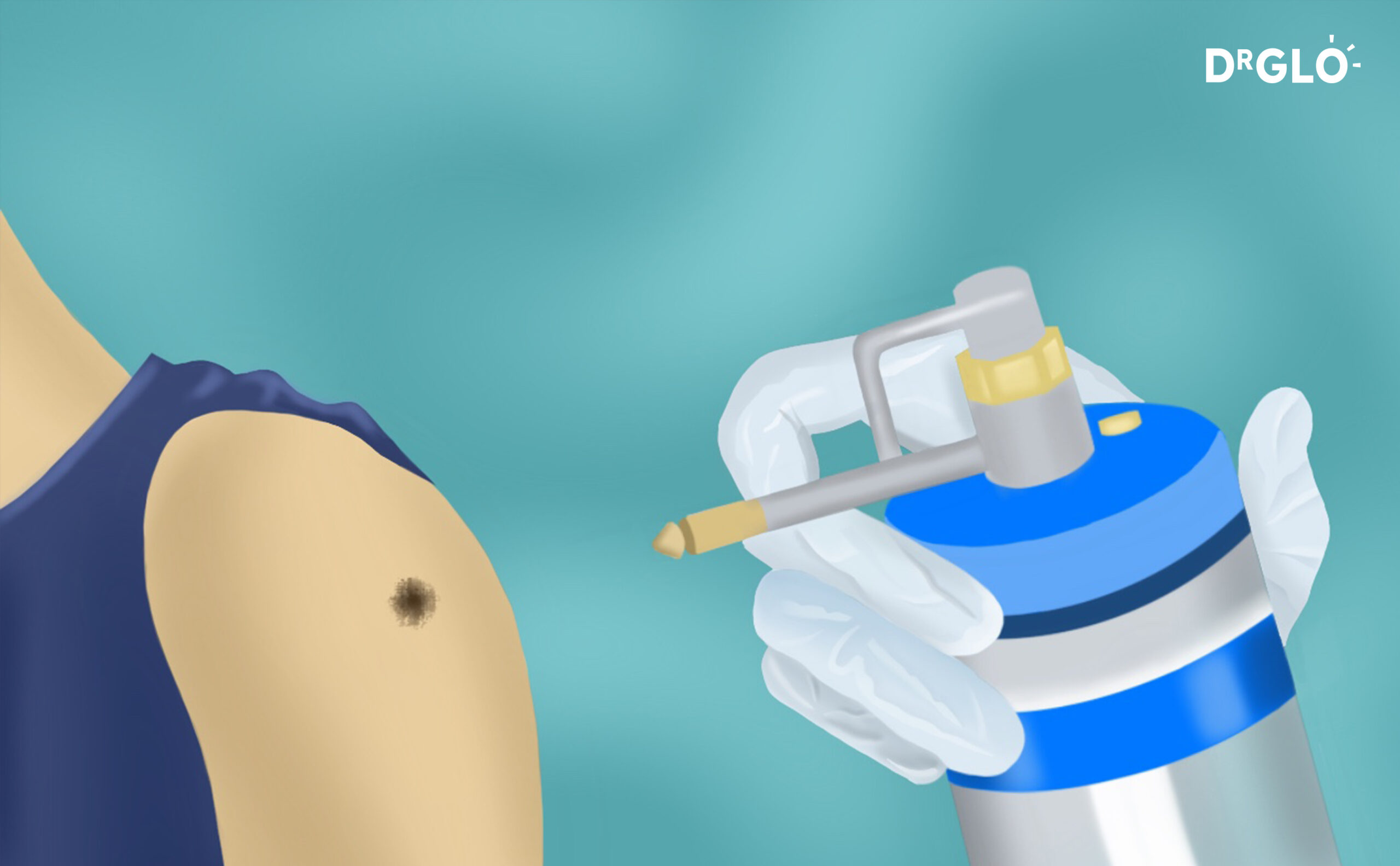
Freezing a melanoma should not be considered an option. Typically, cryotherapy, a technique using liquid nitrogen causes destruction of tissue at -196 degrees celsius. Cryotherapy is used to treat certain benign skin lesions such as skin tags and seborrhoeic keratoses (age related warts) or pre-cancerous skin cancers like actinic keratoses. It is not appropriate for malignant lesions melanoma.
As discussed in previous articles, the treatment of melanoma is dictated by the characteristic of the melanoma such as depth of invasion (Breslow thickness) and other factors. Please click here for further information.
In order to find this out, proper testing of the melanoma under a microscope is essential. Otherwise, the melanoma is not adequately treated and there would be further complications of spread.
In summary, it is essential to avoid freezing of pigmented lesions as this would result in delayed diagnosis and subsequent progression of the melanoma.
 Common Skin Conditions
Common Skin Conditions Paediatric Conditions
Paediatric Conditions Skin Cancer
Skin Cancer Infectious Skin Conditions
Infectious Skin Conditions Other Skin Conditions
Other Skin Conditions Treatment & Management
Treatment & Management Prevention & Skincare
Prevention & Skincare


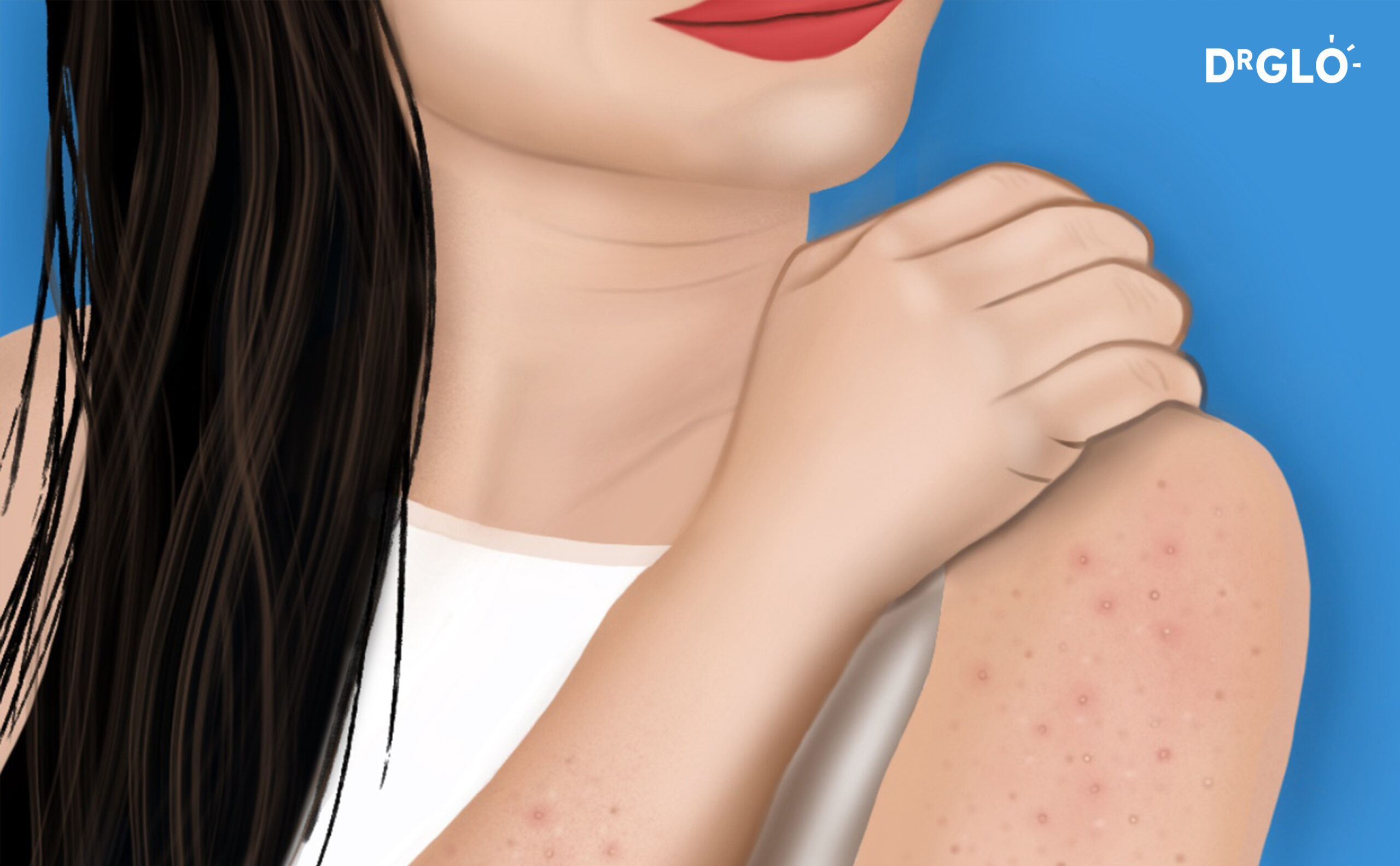

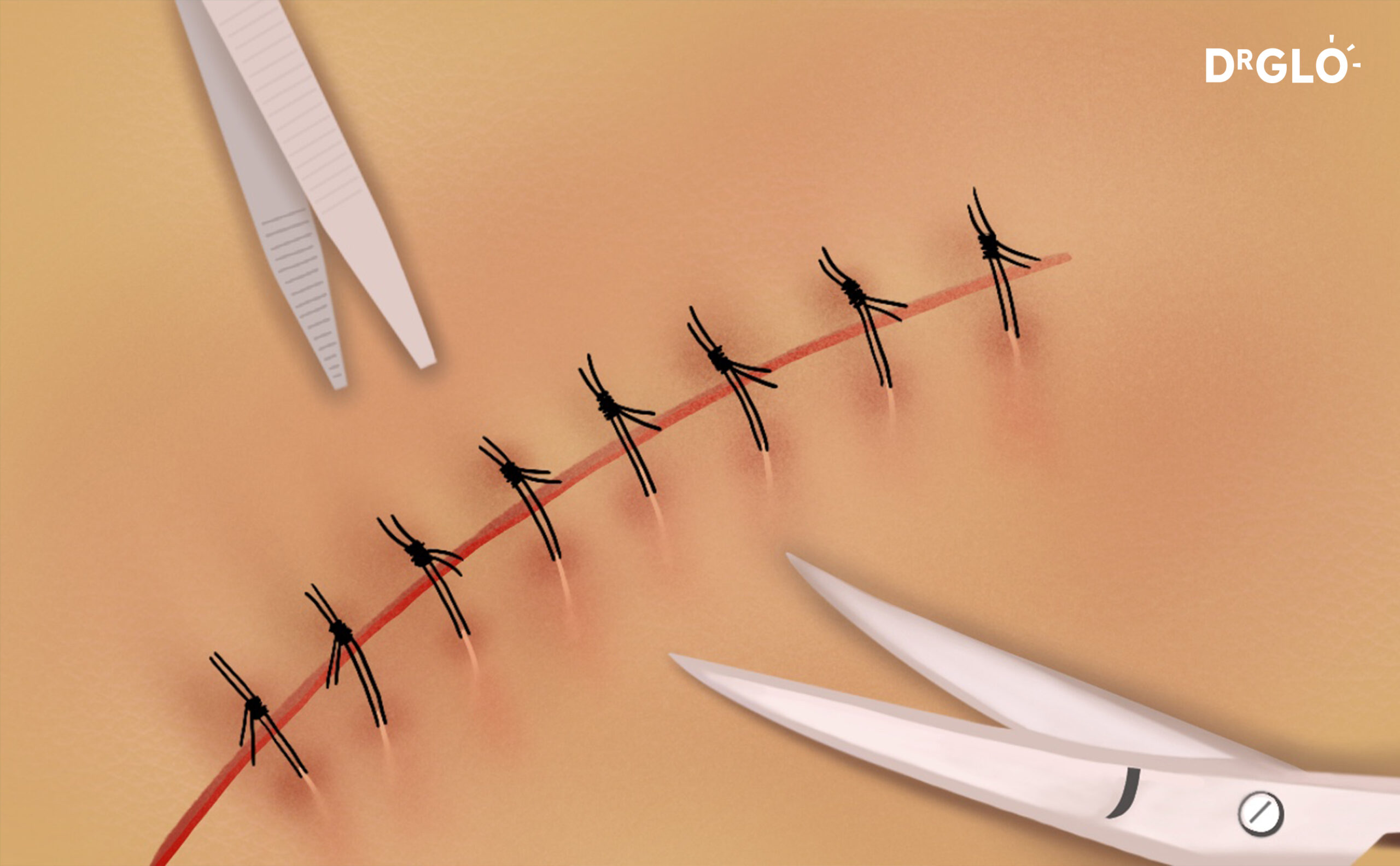
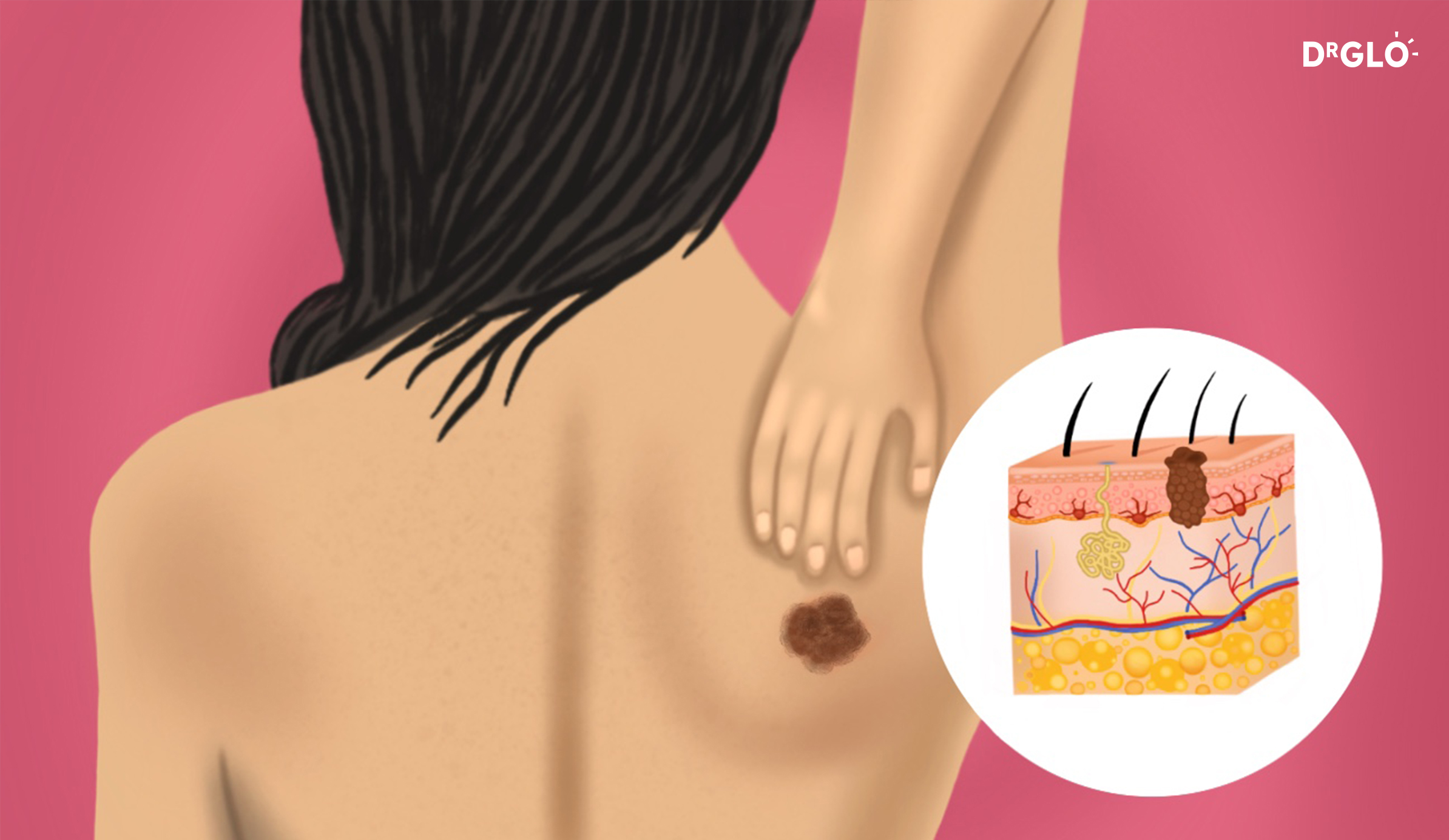
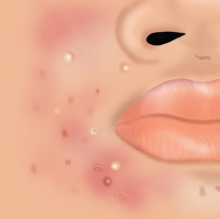

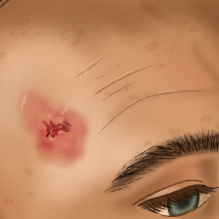

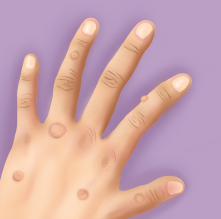

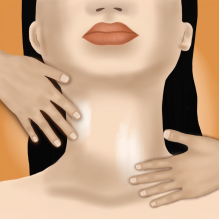
Popular Articles